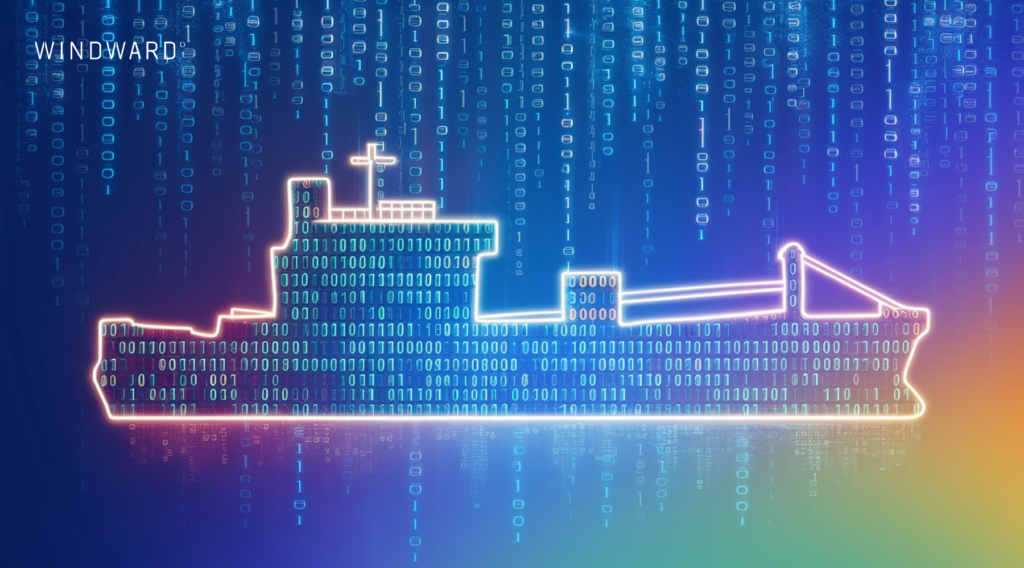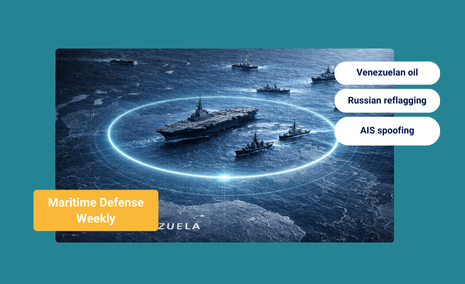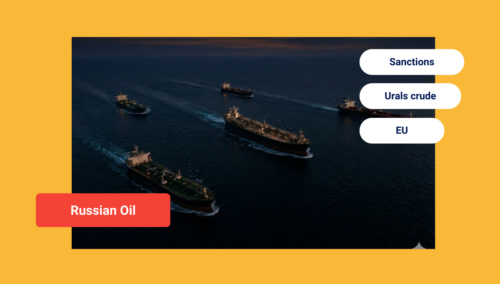Guides
Gen AI for Maritime Trade: A Beginner’s Guide
What’s inside?
Generative AI (Gen AI) has taken the world by storm, captivating industries, including the maritime ecosystem. As technology evolves, adopting it may seem daunting at first, but finding the right use cases for implementation can help overcome challenges and create order in all of the chaos and noise.
Windward’s guide will:
- Unpack the AI basics
- Machine learning
- Deep learning
- Deep dive into Gen AI, large language models (LLMs), and real-life applications of Gen AI
- Introduce Windward’s MAI Expert™, the industry’s FIRST Gen AI agent
- Areas of expertise

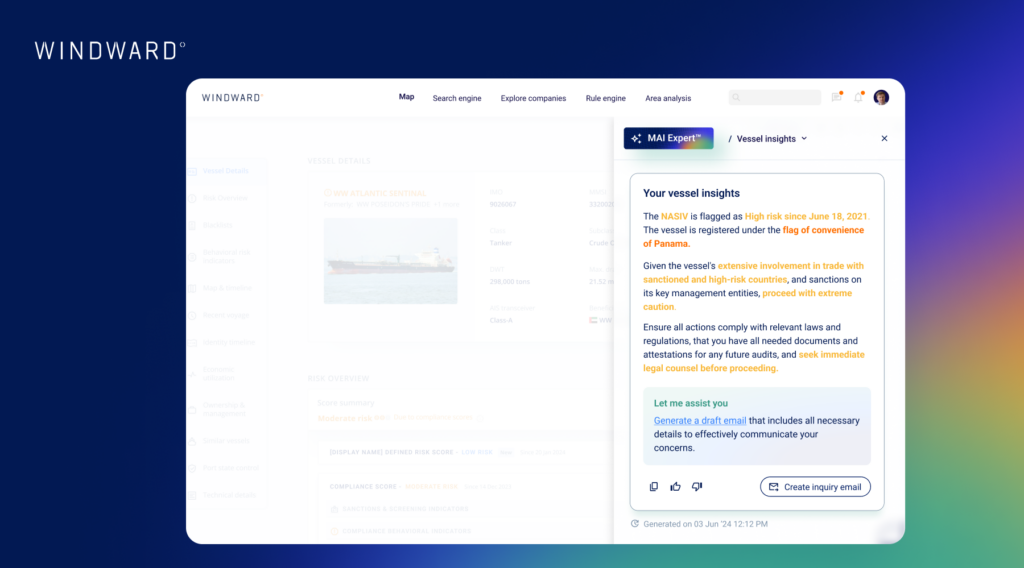
- Risk assessment: quickly generate a vessel risk assessment and insight summary, highlighting any gaps that may raise suspicion, notable discrepancies, and issues requiring escalated investigations, such as a company’s lack of insurance, or a recent suspicious vessel ownership change.
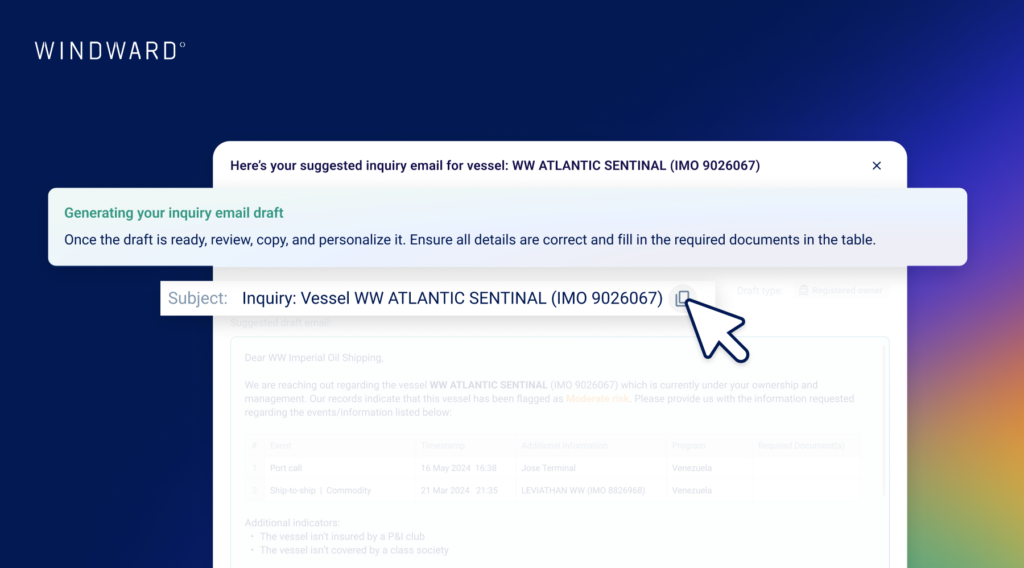
- Email inquiry drafts: auto-generate query email drafts with selectable templates – communications to an insurance company, shipowner, client, etc. – and conversational tones. These can be sent to counterparties, offering a review of vague and open issues with a vessel(s). By ensuring consistency in both external and internal communications, MAI Expert™ acts as a reliable standard.
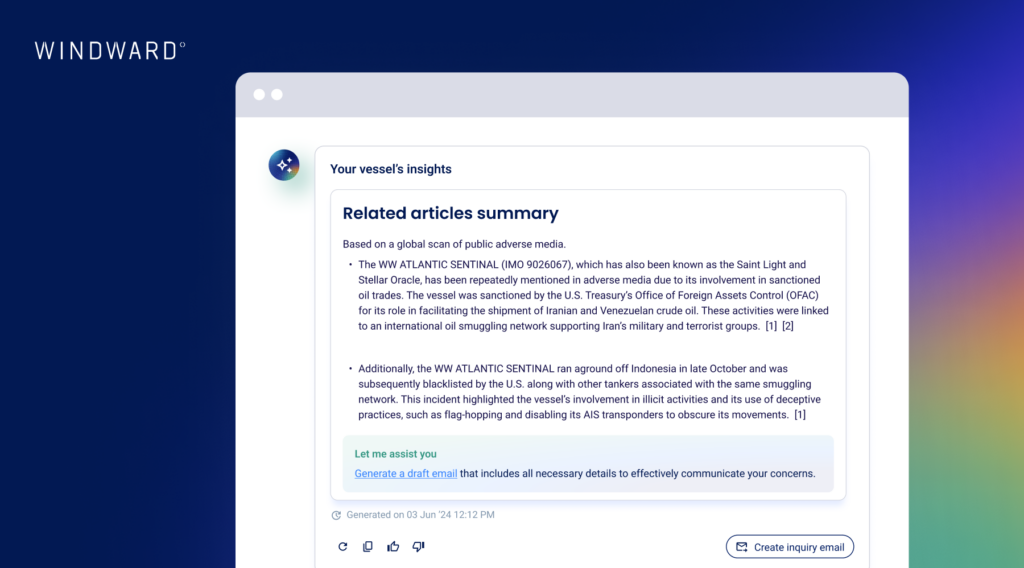
- Adverse media screening: media screening for negative news across various public media sources.
